There are several options for taking screenshots in macOS, but the most popular are certainly shortcuts Cmd (⌘) + Shift (⇧) + 3 a Cmd (⌘) + Shift (⇧) + 4. The only ailment remains that the screenshots taken are saved on the Desktop, which may not suit every user. However, there is no setting in System Preferences that allows you to change the default location. Fortunately, it is possible and we will show you how to do it today.
It could be interest you
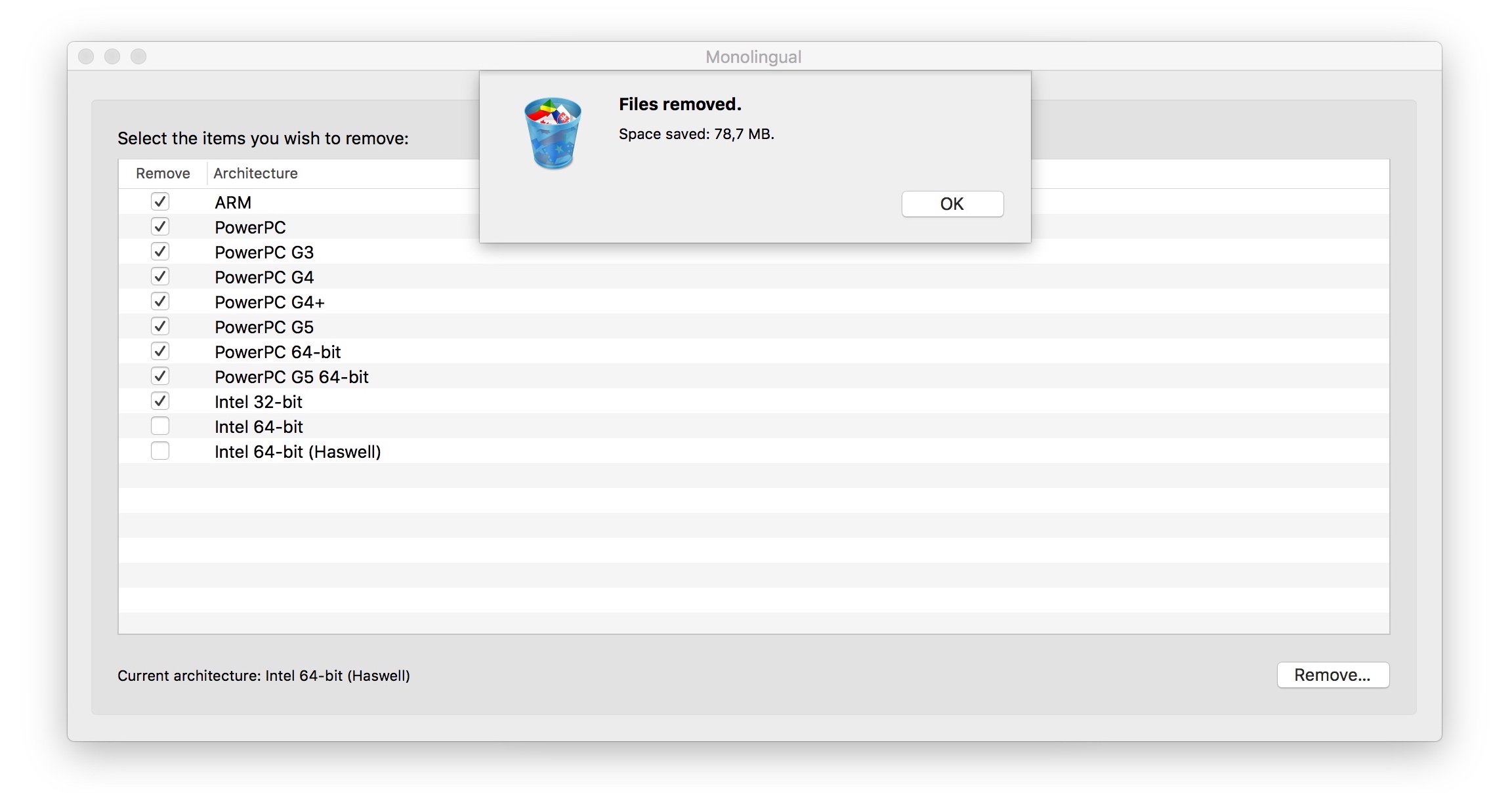
If you own a MacBook Pro with Touch Bar, then your job is made easy. You just need to use a keyboard shortcut Cmd (⌘) + Shift (⇧) + 4 and the settings for taking screenshots will immediately appear on the Touch Bar, including the option to determine whether the captured screenshots should be saved in the Desktop, Documents folder, or whether they should be copied to the clipboard or whether they should be opened in the Preview, Mail or Messages application. The only condition is to have v System preferences -> Keyboard set option Application controls with Control Strip.


But if you don't have a MacBook pro with Touch Bar or you want to save your pictures somewhere else, then there is another option. This time you need to take advantage Terminal (Application -> jine). Then enter the following command in the Terminal:
defaults write com.apple.screencapture location ~/Downloads
Part "/Downloads" you can replace with your own path to any directory. For example, if you are in the folder Documents you create a folder Screenshots, then the path will be "/Documents/Screenshots". To make writing easier, you can for a part "defaults write com.apple.screencapture location" drag and drop the folder where you want to save the images and the path to the directory will be filled in automatically.
Once you have confirmed the command, you still need to insert and confirm the following command to confirm the change:
killall SystemUIServer
How to return save image back to desktop
If you've found that you're comfortable with the screenshot storage area, then of course there's an easy way back. Just open Terminal again and enter the following command:
defaults write com.apple.screencapture location ~ / Desktop
and then again:
killall SystemUIServer
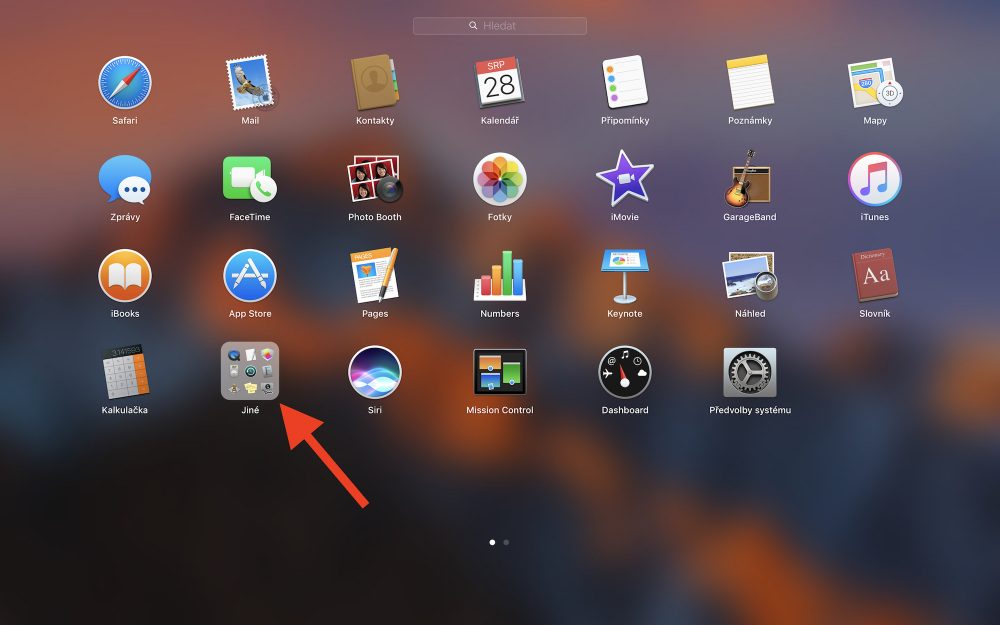
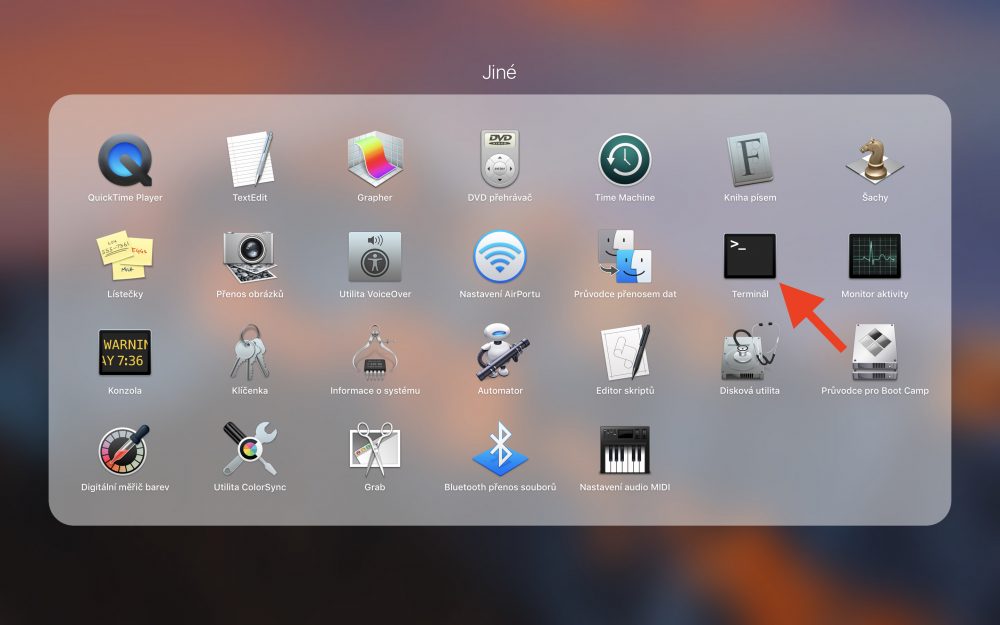
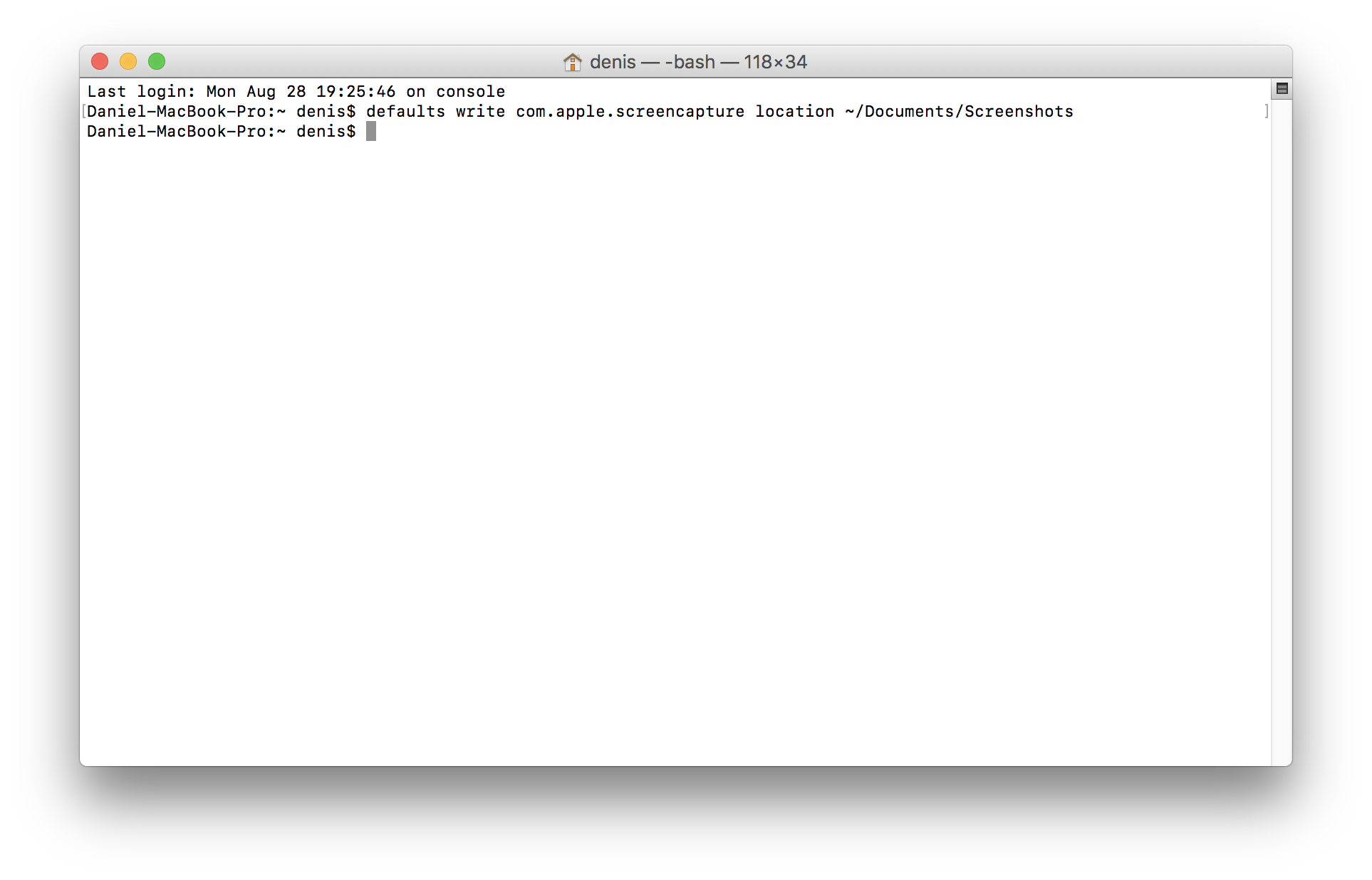
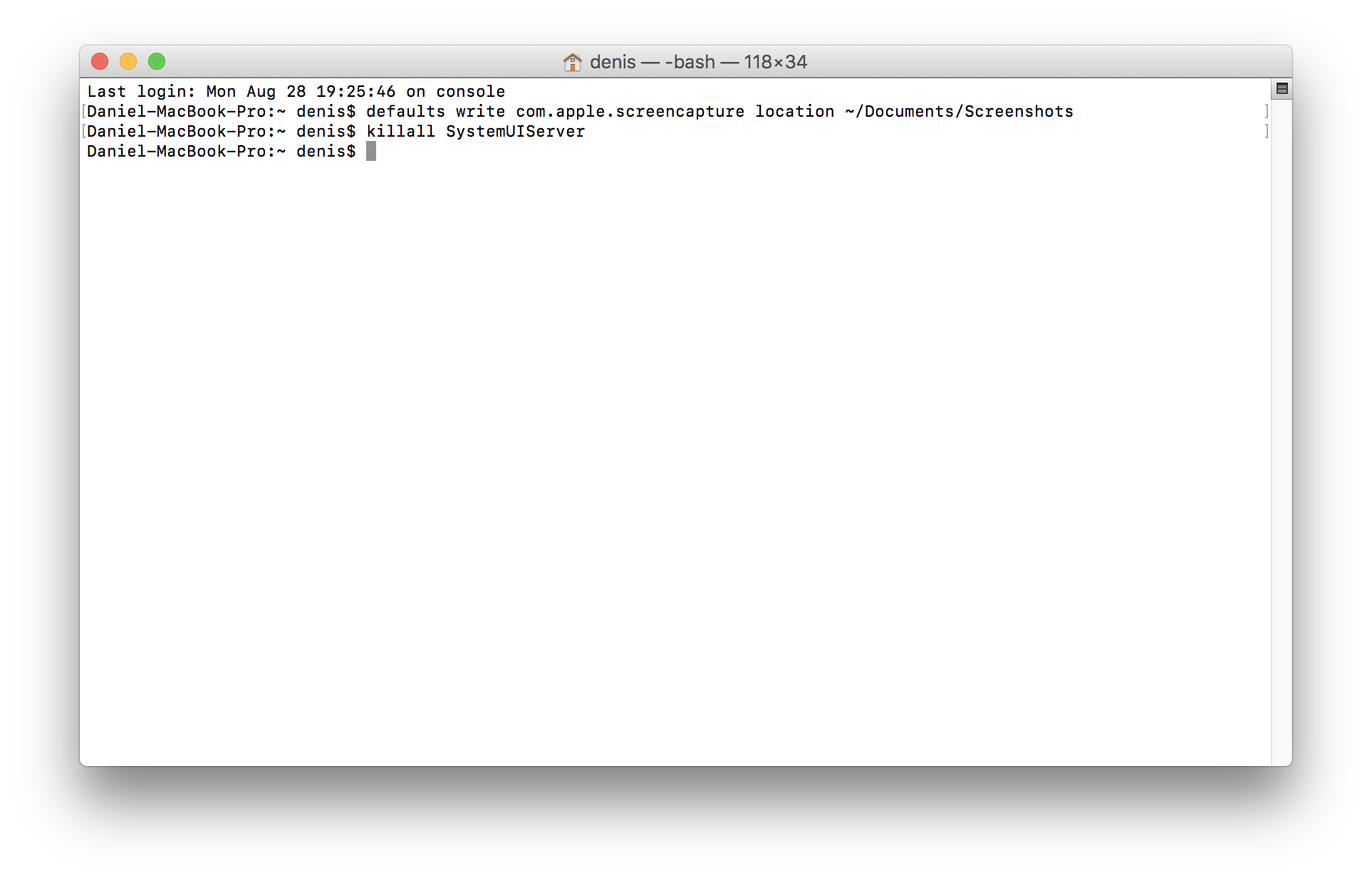
Or download one of the thousands of applications a la Onyx, where it can be set by the user similarly to the system preferences.
And if you want to immediately throw the image on the website as a url, use the Gyazo application ;)
And those who want to load the url directly into the clipboard in one step, so that they can immediately insert it somewhere, use Dropbox.
Am I the only one who noticed that the path in the tutorial "/Documents/Screenshots" is backwards? this is not what the path to the documents looks like, I ask the author to add "~" to the beginning of the path, i.e. "~/Documents/Screenshots" otherwise people will not be able to find the screenshots...